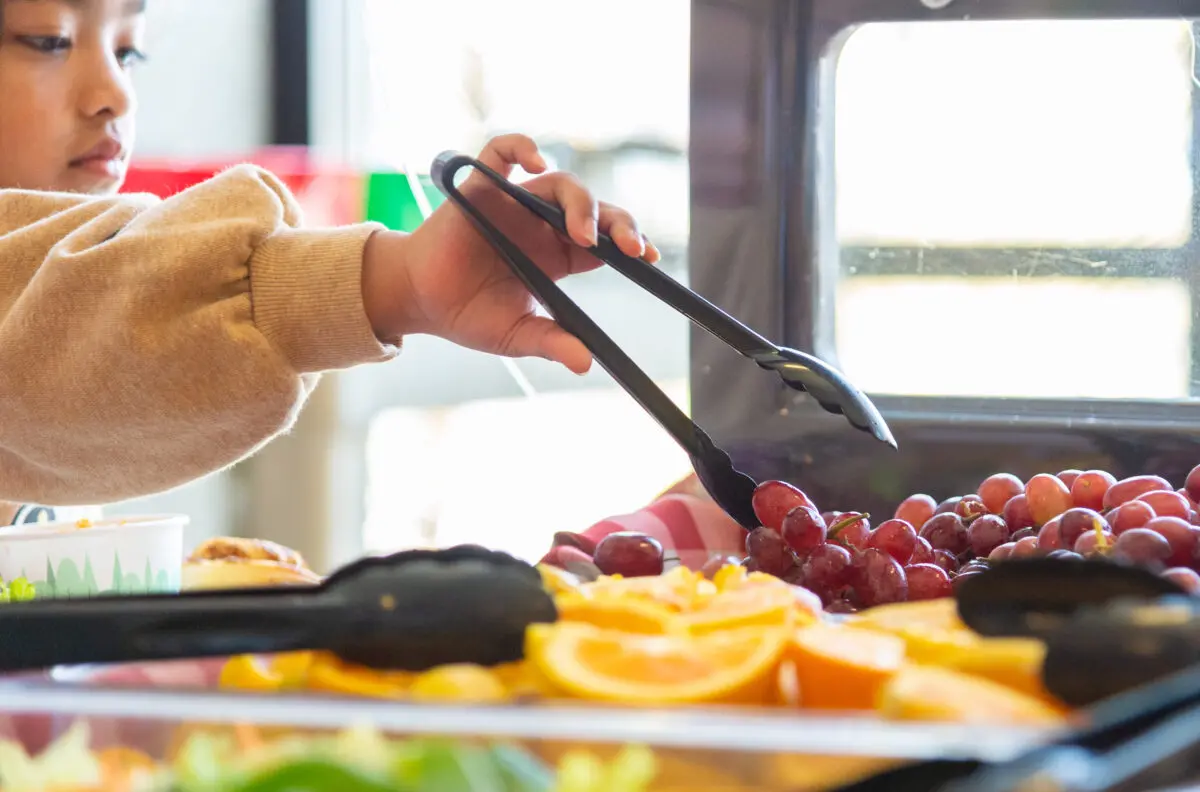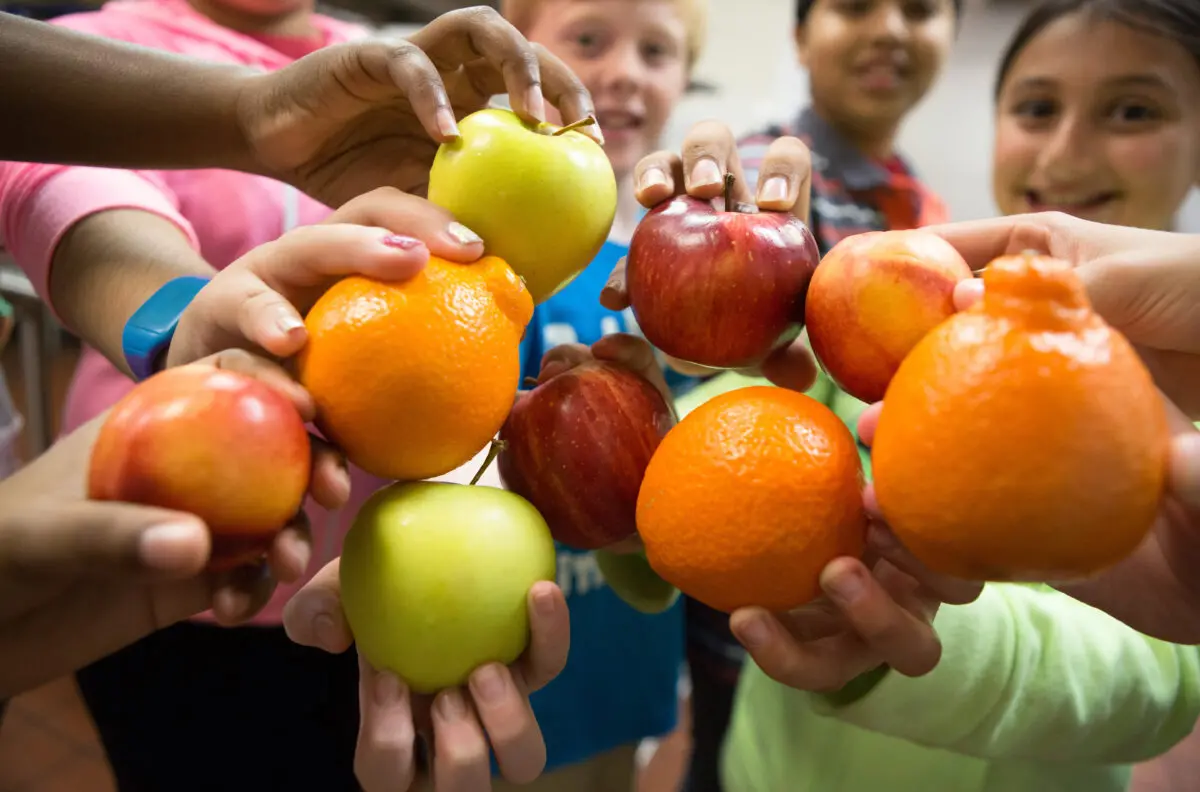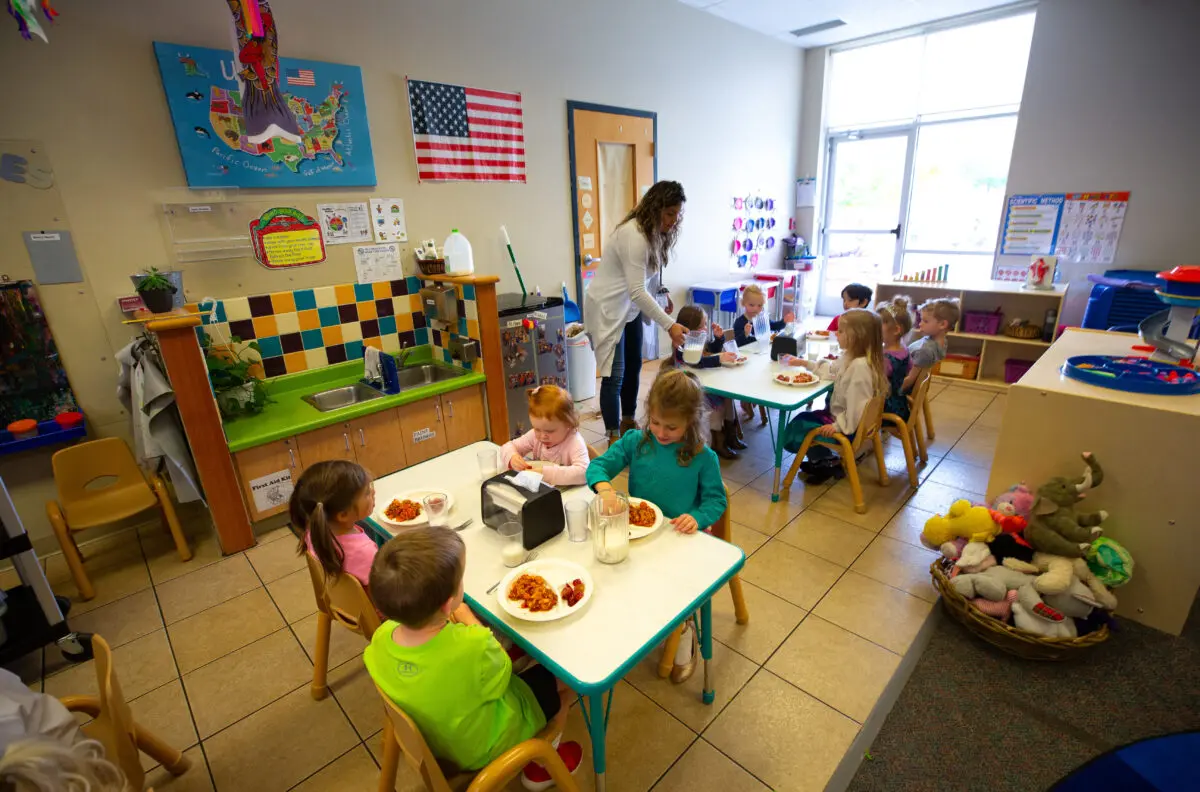Few programs have as broad an impact on the health of children and families as school meals. They are one of the healthiest sources of foods for school-age children, which is significant as some children receive up to half of their daily calories at school. Further, school meal programs are an essential tool to advance health and racial equity because they reach every child in the U.S. who attends public school.
In February 2023, the USDA proposed updates to school meals to align them with the latest dietary guidance. These changes would:
- Implement limits on added sugars, either on certain products or by setting overall weekly limits across meals.
- Gradually reduce sodium levels until they are in line with limits set by the Food and Drug Administration for the food and beverage industry.
- Reduce or eliminate flavored milk, allowing some flavored milk with reasonable limits on added sugars.
- Offer foods that are primarily whole-grain, with the option for occasional non-whole enriched grain products.
In response to the proposal, RWJF submitted comments urging USDA to implement the limits on sodium and added sugars on a quicker timeline to more fully align with the latest dietary guidelines. These changes could improve students’ health and diet quality, help their academic performance, reduce overweight and obesity rates, and decrease food insecurity.
Healthier meals are also likely to increase student participation in school breakfasts and lunches, which can boost revenue for schools. USDA expects to issue a final rule on this proposal in time for schools to plan for the 2024-2025 school year.
Read the Food Research & Action Center’s new reports on The Reach of School Breakfast and Lunch and The State of Healthy School Meals for All to learn more about the impact of school meals.





